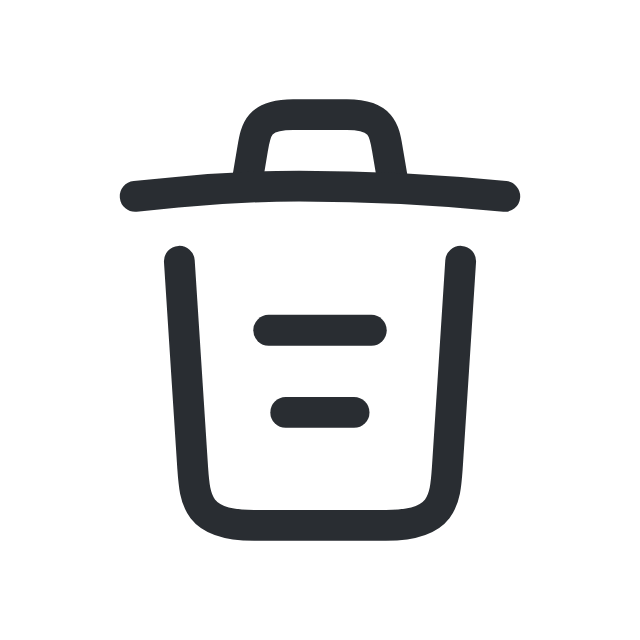Tips for Lowering the Cost of Higher Education
College tuition has increased at more than twice the rate of inflation over the past several decades, and student debt has increased, both in terms of number of students with loans and how much they borrow. Here are some strategies for lowering the cost of higher education and reducing student debt.
Start saving early
Set up college savings accounts for your children at a young age and watch them grow! And check out the Minnesota College Savings Plan, a qualified tuition program where earnings are tax-free while invested and tax exempt when withdrawn for qualified higher education expenses.
Prepare while in high school
- Take challenging courses required for college and to help you avoid costly remediation classes after high school
- Get college credit while in high school through PSEO/Advanced Placement
- Visit several campuses to help you make the right choice
- Pick a major as early as possible; transferring and/or changing majors after the second year adds time and additional cost
Don't let college or career school "sticker shock" discourage you from applying
- Apply for financial aid by filling out the FAFSA
- Apply for aid even if you think you won't be eligible, you may be eligible for institutional grants and scholarships you don't know exist at the college you are considering; financial need is not limited to low-income families
- Figure out the "net price" (cost after financial aid)
- Try our financial aid estimator for Minnesota colleges and career schools
- Or, search net price calculators offered at campuses nationwide.
Borrow responsibly
- If you need student loans, borrow what you can afford
- Use loan calculators to determine your monthly student loan payment after you finish your program
- Exhaust federal loan options before you consider private loans (federal loans may be eligible for forgiveness)
- Research private loans carefully
While in college, consider the following money-saving options
- Live at home to lower living and miscellaneous expenses
- Buy used textbooks whenever possible
- Live like a student
- Don't work too much (sometimes it makes more sense to take out a loan if it allows you to graduate sooner)
- Carry a full load of credits as much as possible
- Attend summer school to get ahead
Quick Links
- Why College?
- Explore Your Interests & Careers
- Prepare at School
- Summer Academic Enrichment Program
- Earn College Credit in High School
- Recommended High School Classes & Graduation Requirements
- Advice for Students with Disabilities
- Succeed as an Adult Student
- Useful College Prep Resources
- Minnesota Goes to College!
- Get Ready Program Overview
- College Planning Presentation Information
- College Navigator Presentation Request Form
- Minnesota Indian Scholarship Program Outreach
- Competitive Grant Programs
- Dual Training Grant
- Public Engagement Calls
- "Life After Now" Podcast
- Certified Nursing Assistant Training
- Direct Admissions Minnesota
- Collecting Data from Minnesota Postsecondary Institutions
- Campus Financial Aid Administrator Resources
- Statewide Financial Aid Conference
- Campus Student Enrollment Reporting Resources
- Ordering Materials for Your Students
- Supplementing Your College Counseling
- Early Awareness Efforts
- Student Homelessness in Higher Education Resources
- Shared Library Resources
- MN FAFSA Tracker
- Campus Sexual Violence Prevention and Response
- Statewide FAFSA Filing Goal
- Financial Aid Estimator
- Online Applications
- About Financial Aid
- What Does College Cost?
- Tips for Lowering the Cost of Higher Education
- Institutional Payments
- Financial Aid You Don't Repay
- Financial Aid You Must Repay (Student Loans)
- Financial Aid You Earn
- Military Service Education Benefits
- Reduced Out-of-State Tuition Options
- Education Tax Benefits
- New Video Demystifies Paying for College
- Public Service Loan Forgiveness
- Useful Online Resources
- Ready, Set, FAFSA!
- Data Maps and Infographics
- Educational Attainment Goal 2025
- Minnesota Measures
- Minnesota P-20 Statewide Longitudinal Education Data System
- College Readiness & Participation Data
- Student Enrollment Data
- Degrees, Graduation Rates, Attainment & Outcomes
- Financial Aid Data & Trends
- Tuition & Fees Data
- Student Health and Safety
- Institution and Data Search
- Transfer Students
- Research Reports
- A-Z Data Table Index




